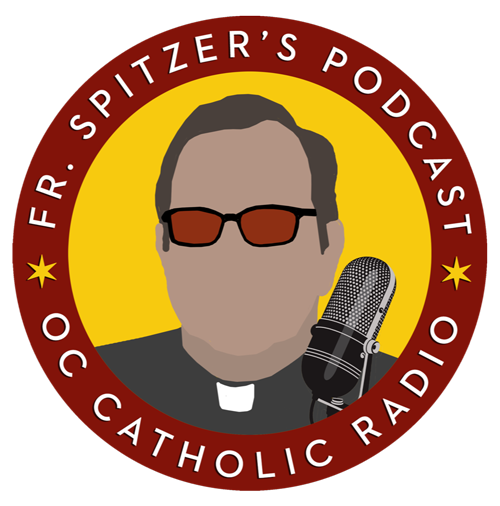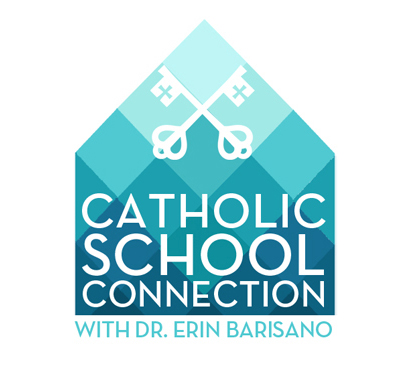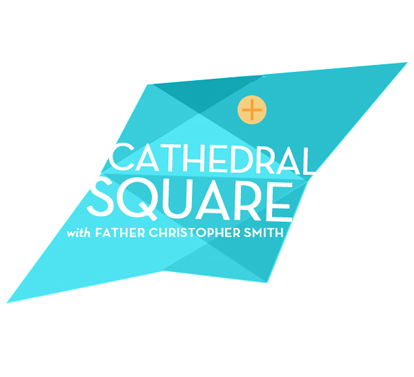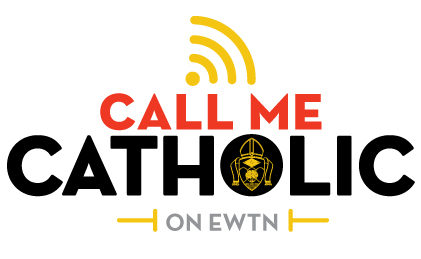“Joined by Grace: A Catholic Prayer Book for Engaged and Newly Married Couples” by John and Teri Bosio. Ave Maria Press (Notre Dame, Indiana, 2017). 136 pp., $9.95.
“Forever: A Catholic Devotional for Your Marriage” by Jackie Francois Angel and Bobby Angel. Pauline Books and Media (Boston, 2017). 163 pp., $15.95.
“Prayers for Catholic Couples: With Reflections from Pope Francis’ ‘The Joy of Love,'” compiled and edited by Susan Heuver. Word Among Us Press (Frederick, Maryland, 2017). 167 pp., $11.95.
Whether they know it or not, married couples today need lots of prayer to live their vocation well. They always have, but perhaps today they may need it more than ever. Three recently published books approach this need in rather different ways.
Of the three, the most like a traditional Catholic prayer book is “Joined by Grace,” in which John and Teri Bosio have compiled a great many traditional Catholic prayers, from prayers from the Mass to litanies to praying with some of the saints to other devotions, such as the rosary and the stations of the cross, each with a brief explanation.
For couples already connected well to a parish and mainly comfortable with formal prayers, this may be quite helpful; however, it’s unfortunate that these prayers and devotions aren’t linked more specifically with the joys and challenges that marriage presents.
The second book, “Forever” by Jackie Francois Angel and Bobby Angel, is designed as a four-week exploration of the theology of the body from St. John Paul II, a theology that some couples have found more helpful than others. It tends to be rather didactic and not as devotional as a prayer book often would be, perhaps suitable for a couple to read aloud to one another daily, but what the Angels have done here requires a considerable time commitment on the part of a couple.
Last, but not least, is “Prayers for Catholic Couples,” which includes brief excerpts from Pope Francis’ 2016 apostolic exhortation “The Joy of Love” (“Amoris Laetitia”). Susan Heuver has done a fine service for couples in making insights from this compassionate document easily available to couples for their reflection.
In his introduction to his pastoral letter, Pope Francis explained, “It is my hope that, in reading this text, all will feel called to love and cherish family life, for ‘families are not a problem; they are first and foremost an opportunity.'” That tone indeed comes through in this little book.
Pope Francis talks about the lack of perfection in families: “No family drops down from heaven perfectly formed; families need constantly to grow and mature in their ability to love.”
He observes about marital fidelity that “just as a good wine begins to breathe with time, so too the daily experience of fidelity gives married life richness and ‘body.’ Fidelity has to do with patience and expectation. Its joys and sacrifices bear fruit as the years go by and the couple rejoices to see their children’s children. The love present from the beginning becomes more conscious, settled and mature as the couple discovers each other anew day after day, year after year.”
He even discusses parenting: “It is also essential to help children and adolescents to realize that misbehavior has consequences. They need to be encouraged to put themselves in other people’s shoes and to acknowledge the hurt they have caused. … It is important to train children firmly to ask forgiveness and to repair the harm done to others.”
After each brief excerpt from “The Joy of Love” Heuver includes a reflection question or two and a short prayer for the couple to share. These offer an opportunity for a couple to reflect on their lives on the run, which is often the only opportunity they may have.
All three of these books of prayers could be helpful for couples trying to live a faith-filled, sacramental marriage in a world that seems to value change and superficiality instead.










